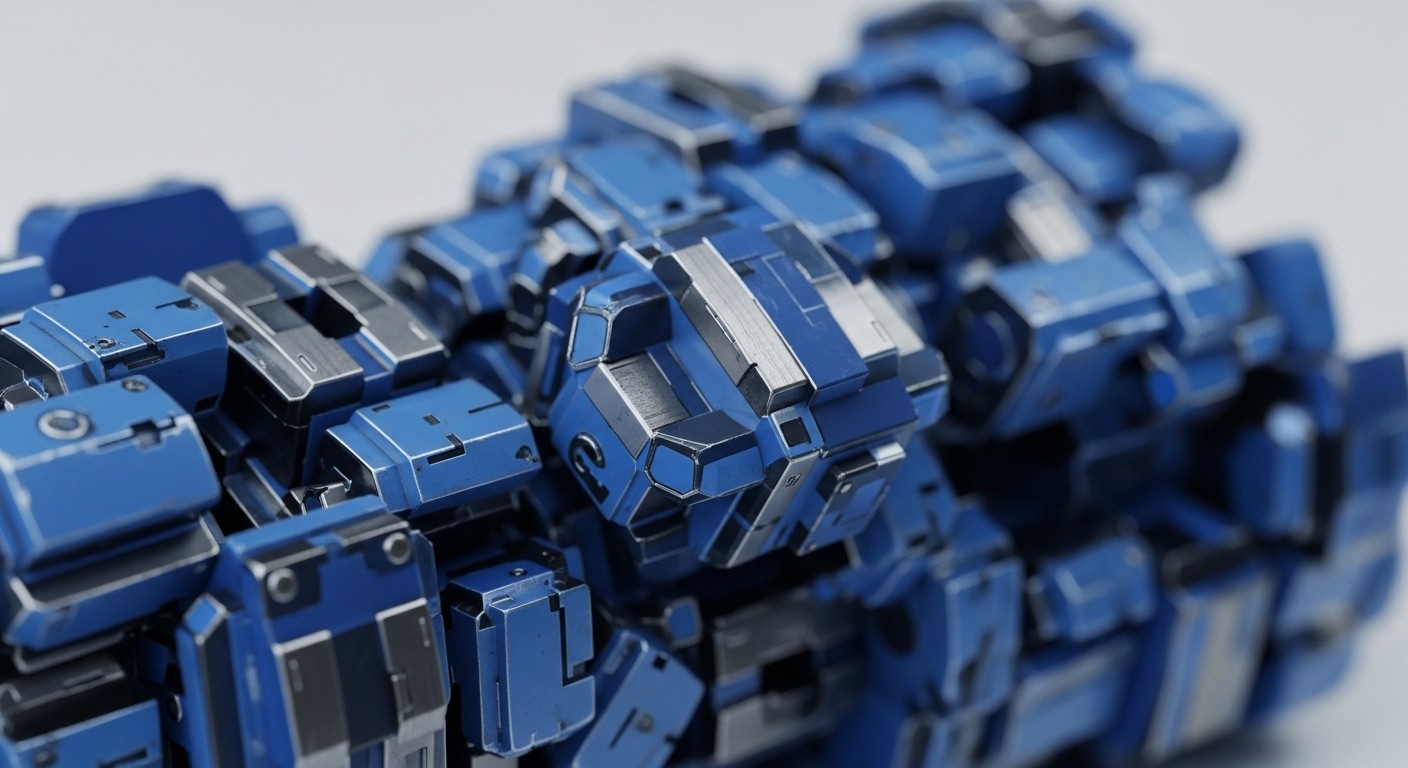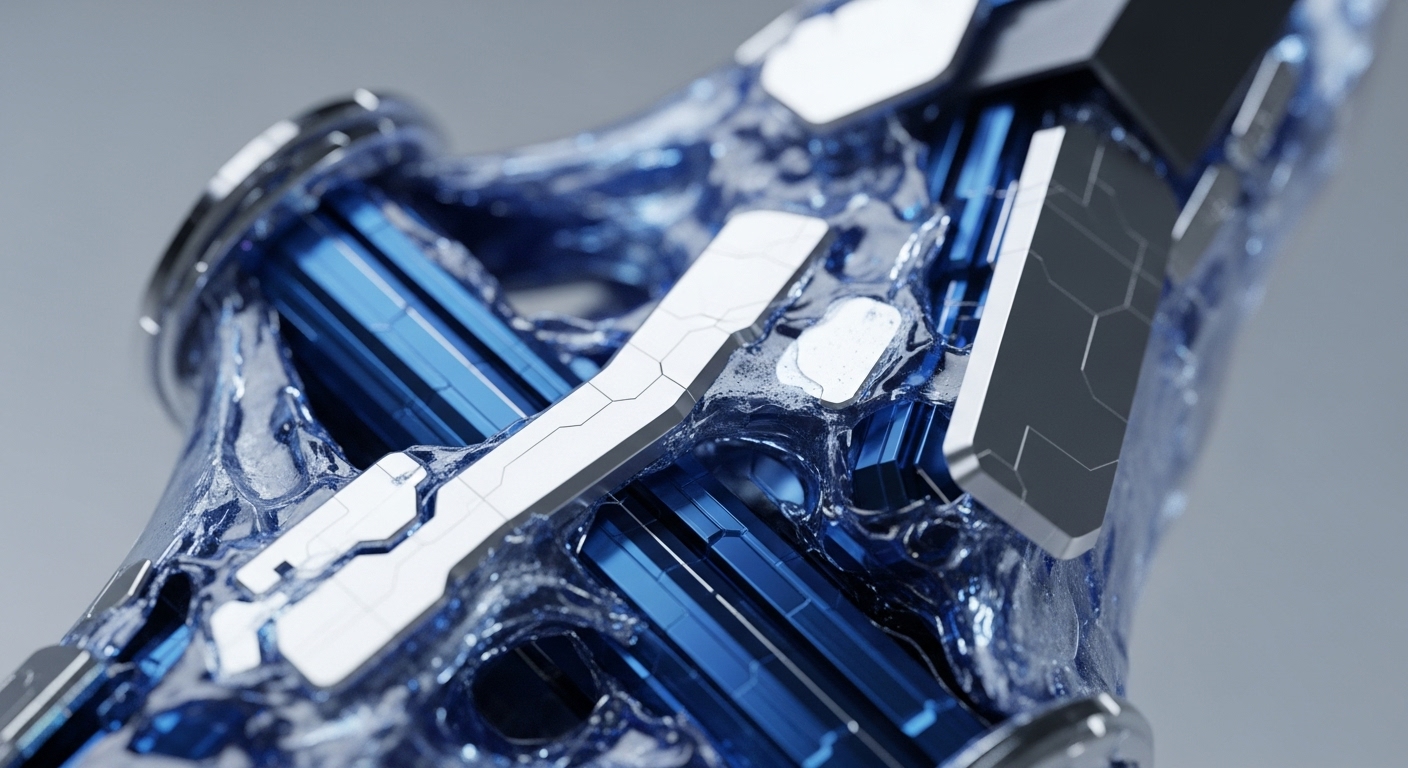
Briefing
This research addresses the critical vulnerability of existing zero-knowledge folding schemes to quantum computing by introducing LatticeFold+, a novel lattice-based folding protocol. The foundational breakthrough lies in its use of quantum-resistant Ajtai commitments, rooted in the Module Short Integer Solution (Module SIS) problem, combined with innovative techniques like an algebraic range proof and sumcheck-based double commitments. This new theory enables the construction of efficient, post-quantum secure recursive Succinct Non-interactive Arguments of Knowledge (SNARKs), fundamentally enhancing the long-term security and scalability of blockchain architectures against future quantum threats.

Context
Before LatticeFold+, prevalent folding schemes, such as Nova and HyperNova, relied on discrete-logarithm-based Pedersen commitment schemes. This reliance rendered them susceptible to quantum attacks, posing a significant theoretical limitation for the future of secure cryptographic systems. Furthermore, these schemes typically operated over large prime fields, which often incurred higher computational overhead and larger proof sizes. The academic challenge centered on developing a folding primitive that maintained efficiency while providing robust security against quantum adversaries.

Analysis
LatticeFold+ fundamentally differs from previous approaches by constructing a folding protocol from lattice-based cryptography, specifically utilizing Ajtai commitments whose security is rooted in the Module SIS problem. This cryptographic primitive is believed to be quantum-resistant, directly addressing the post-quantum security gap. The core mechanism involves an iterative process where two proofs are “folded” into a single, more compact proof, recursively reducing verification overhead. LatticeFold+ achieves significant efficiency gains over its predecessor, LatticeFold, through two novel lattice techniques → a new purely algebraic range proof that is substantially more efficient than prior bit-decomposition methods, and a sumcheck-based transformation for folding statements about double commitments, resulting in faster proving times, simpler verification circuits, and shorter proofs.

Parameters
- Core Concept → Lattice-Based Folding Scheme
- New Protocol → LatticeFold+
- Key Authors → Dan Boneh, Binyi Chen
- Security Foundation → Module SIS Problem
- Commitment Scheme → Ajtai Commitments
- Key Improvement → Algebraic Range Proof
- Performance Gain → Prover 5-10x Faster
- Field Size → Small (64-bit) fields

Outlook
This research opens new avenues for developing quantum-resistant cryptographic infrastructure, particularly for blockchain scalability solutions. The efficiency and post-quantum security offered by LatticeFold+ could unlock a new generation of ZK-rollups and other Layer 2 scaling mechanisms that are robust against future quantum computers. Potential real-world applications in the next 3-5 years include truly secure and private decentralized finance (DeFi) protocols, verifiable computation for AI, and enhanced supply chain integrity, all operating with long-term cryptographic assurance. Further research will likely focus on optimizing the practical implementation, exploring broader applications beyond SNARKs, and formally integrating these lattice-based primitives into existing cryptographic standards.
Signal Acquired from → eprint.iacr.org
